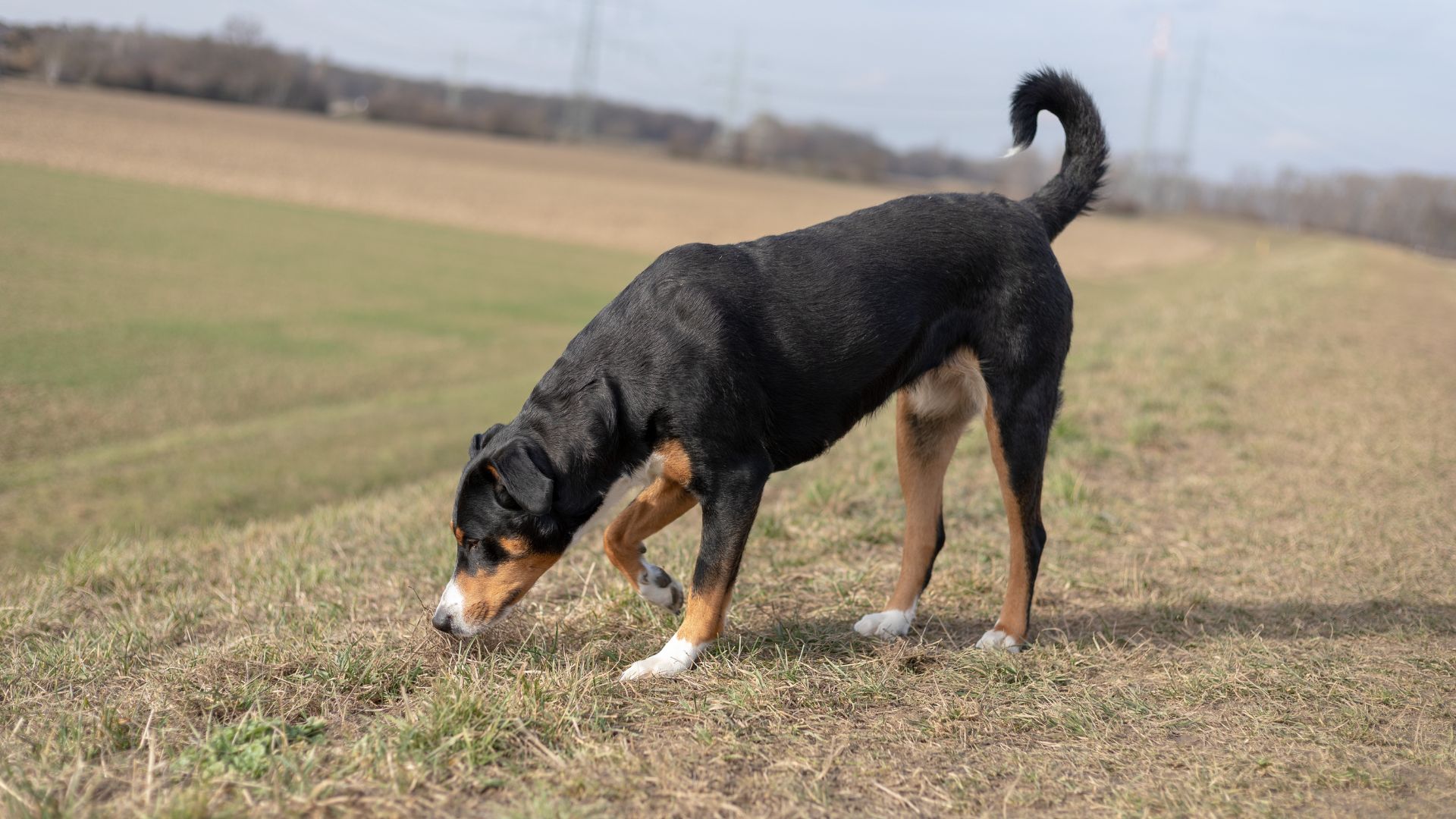What are a dog’s different gaits?
James used to keep his wallet in the back pocket of his jeans. Over years, the size of his wallet increased figuratively and literally. But little did he know the impact that wallet was causing on his body.

As a financial analyst, James used to sit on his desk for long hours. The wallet affected his sitting position and over time caused damage to his lower back, glutes and legs. Coupled by a sedentary lifestyle, James could no longer walk in a normal way. When the problem became visually evident, he visited the doctor for treatment. It is a long road ahead for James to recover and it just shows that damage small things can cause when ignored for a long time.
When do we address issues?
When it comes to solving health issues, most of us act in a similar way to James – react once the problem is visually evident. Once we see something is wrong, we know we should do something about it.
This tendency is extremely important when we see our dogs. We need to know how a normal looking dog moves in order to spot any abnormalities in his movement.
The different gaits of a dog
A dog typically has six gait patterns:
a) Walk – This is the slowest movement in which the dog always has three paws on the ground to balance the body.
A dog sniffing and walking
b) Amble – When the walk becomes slightly faster, the dog’s legs on the same side move as a pair. The impact on the ground is one leg after the other.
c) Pace – This gait is where the legs on the same side move exactly as a pair.
d) Trot – A faster gait in which the opposite front and hind legs move forward together.
e) Canter – It’s also a fast gait in which the hind leg hits the ground first, then the other hind leg and opposite front leg in tandem, followed by the other front leg.
f) Gallop – The fastest gait in which the dog experiences a small period where no legs are on the ground. It is usually seen with the front left leg hitting the ground, followed by the front right leg. Then there is a brief moment where the dog is in the air before hitting the ground with the left hind leg and followed by the right hind leg.

A dog galloping
A dog will use different gaits and many different factors will influence the dog’s choice of gait. When off-leash, a dog might shuffle between different gaits to reach different goals. A dog who is sniffing and exploring will use the walking gait while a dog who is running towards something will trot, canter or gallop.
However, when walking on a leash, it is often the human who sets the pace of the walk with our steps, movement and intentions. For example, if we have a meeting coming up, we might inadvertently rush the walk to get back sooner.
How to spot an issue?
A dog’s gait can tell many things about the dog. If the dog has an abnormal gait, the dog is usually not in balance. This could be because the dog is in discomfort in one limb or on one side of the body and bearing extra weight on the other side. A dog frequently pacing is also a strong indicator of discomfort.
The equipment that we use for our dog’s walks will also have an impact on their gait. A well-fitted Y harness will allow your dog to move freely and ensure there is no pressure on the dog’s body. Observing a dog’s gait will help you understand if your dog is in balance. If you notice that your dog isn’t in balance, it might be time to take some action by visiting the vet.
How to improve a dog’s overall welfare?
A dog has to adjust many aspects of his life when he lives with us. This can lead to different welfare and behaviour issues. A holistic approach will help you understand your dog’s concerns better and help him appropriately.
Level 1 of Nordic’s International Dog Trainer School looks at the physical, psychological and emotional wellbeing of a dog. Our international community empowers each other through meaningful discussions and practical help. In case the registration is closed, please sign up to be notified when the next Level 1 batch is announced.



